Description
What is an Internal Flex PCB LTE 3G 4G Embedded Antenna?
This LTE 3G 4G Antenna CTRF-ANTENNA-FPC-7027-6008-IPEX is an Internal Flex PCB LTE 3G 4G Embedded Antenna low profile antenna manufactured by C&T RF Antennas Inc. tuned for stable operation over and is used in the following typical applications.
– Indoor Signal Coverage System
– Security System
– Wireless Data Collection System
Internal Flex PCB LTE 3G 4G Embedded Antenna Item Model: CTRF-ANTENNA-FPC-7027-6008-IPEX
4G Flexible PCB/PCB RG1.13 with IPEX connector Indoor Antenna, Customized is acceptable!
C&T RF Antennas Inc provides internal & external antennas with antenna radio frequencies such as NFC, 169MHz, 230MHz, 315MHz, 433MHz, 868MHz, 915MHz, VHF&UHF, Lora, NB-IoT, ADS-B, GSM, GNSS, GPRS, 1.2 GHz, 1.4 GHz, 1.8 GHz, Wi-Fi 2.4 GHz, 5.8 GHz, Cellular 2G, 3G, 3.5 GHz, 4G LTE, GPS, 5G NR, 6G, etc.
C&T RF Antennas Inc. provides RF antennae with Omni & Directional antenna types such as Dipole Antennas, Whip Antennas, Marine Antennas, Router Antennas, MIMO Antennas, Combo Antennas, PCB Antennas, FPC Antennas, Spring Antennas, Magnetic Antennas, Sector Antennas, Yagi Antennas, and Accessories, etc, for IoT & M2M industries.
Internal Flex PCB LTE 3G 4G Embedded Antenna Is Available At C&T RF Antennas Inc.
Contact Us For the Internal Flex PCB LTE 3G 4G Embedded Antenna Inventory, Internal Flex PCB LTE 3G 4G Embedded Antenna Pricing, Internal Flex PCB LTE 3G 4G Embedded Antenna Datasheets.
Internal Flex PCB LTE 3G 4G Embedded Antenna Specifications:
LTE 3G 4G Embedded Antenna Electrical Specifications |
|
| RF Antenna Type | Embedded FPC Antenna |
| Model | CTRF-ANTENNA-FPC-7027-6008-IPEX |
| Frequency | 700-960MHz, 1710-2700MHz |
| Gain | 2dBi/4dBi |
| VSWR | ≤2.0 |
| Impedance | 50 Ω |
| Polarization | Vertical/Linear |
| Cable Type | RG1.13 |
| Connector | U.FL/IPEX |
| Cable Length | 100mm |
| Lightning Protection | DC-Ground |
LTE 3G 4G Embedded Antenna Mechanical Specifications |
|
| FPC Board Dimension | 60x8mm |
| Weight | Approx. 3g |
| Material | FPCB + RG Cable + U.FL connector |
| Operation Temperature | -40˚C~+85˚C |
| Storage Temperature | -40˚C~+85˚C |
| Color | Black |
| Antenna Design | Dipole Array |
| Mounting | Connector/Peel-and-Stick |
| Safety Emission and other | RoHS Compliant |
| Applications | ISM/SCADA/Utilities, IoT/M2M/NB-IoT/LoRa, 2G 3G 4G LTE/LTE-IoT, GSM GPRS UMTS, etc. |
LTE 3G 4G Flexible Antenna Features
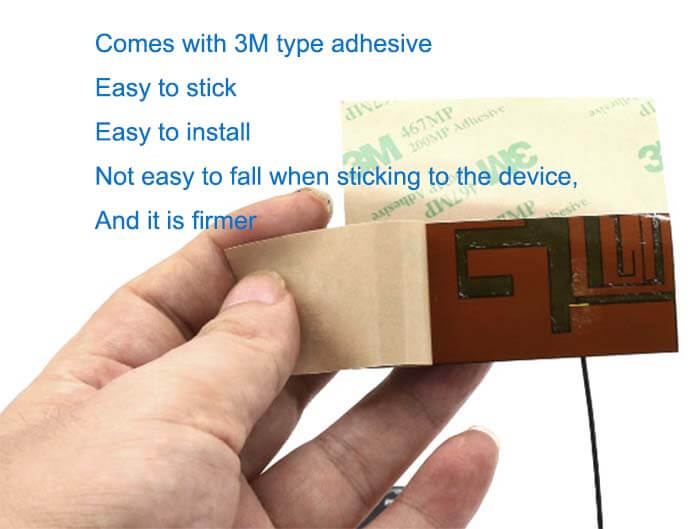
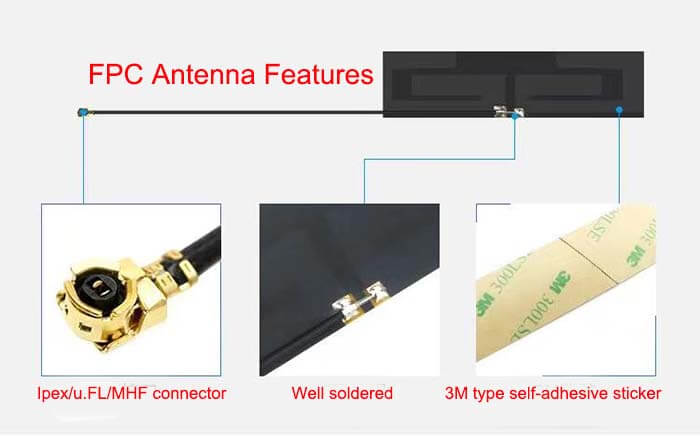

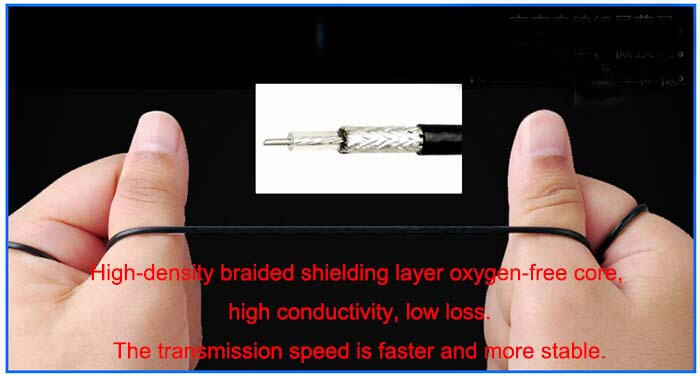

LTE 3G 4G Flexible Antenna Applications RF Antenna Applications
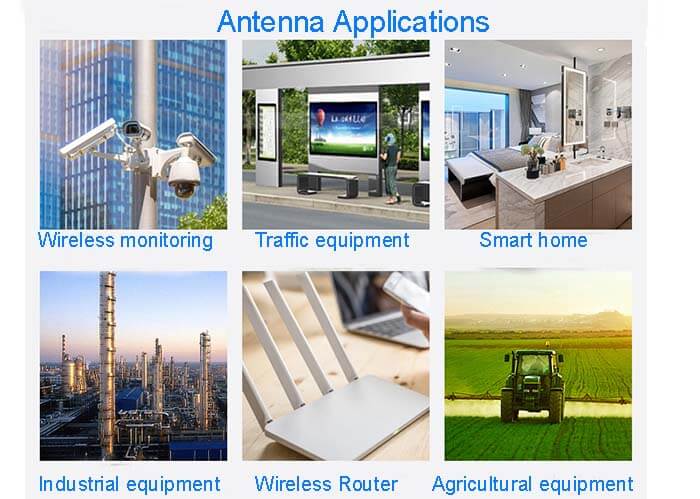
What is LTE 3G 4G Technology?
LTE is based on the old GSM/EDGE and UMTS/HSPA network technologies and is an upgrade of the GSM/UMTS standard.
The current goal of LTE is to use new technologies and modulation methods to improve the data transmission capacity and data transmission speed of wireless networks, such as the new digital signal processing (DSP) technology, most of these technologies were proposed around 2000.
The LTE network is capable of providing a download rate of 300 Mbit/s and an upload rate of 75 Mbit/s. In the E-UTRA environment, QoS technology can be used to achieve a delay of less than 5ms. LTE can provide high-speed mobile communication needs, and support multicast, and broadcast streaming.
Voice calls
The LTE standard no longer supports the circuit switching technology (Circuit Switched, CS) used to support voice transmission under GSM, UMTS, and CDMA2000 networks.
It can only perform packet switching (PS) under the all-IP network. With the deployment of LTE networks, operators need to use one of the following three methods to solve the voice transmission problem in LTE networks.
VoLTE (Voice Over LTE, LTE high-resolution voice): This solution is based on the IP Multimedia Subsystem (IMS) network and cooperates with the voice service standard at the LTE control and media level formulated by the GSMA in PRD IR.92.
Using this scheme means that the voice will be transmitted in the form of a data stream in the LTE network, so there is no need to call the traditional circuit switching network, and the old network will not need to be retained.
CSFB (Circuit Switched Fallback, circuit-switched network support): The LTE network in this solution will only be used for data transmission. When there is a voice dialing or incoming call, the terminal will use the original circuit-switched network (such as 3G UMTS).
This technique is called CS Fallback. This solution only requires the operator to upgrade the existing MSC core network without creating an IMS network, so the operator can quickly introduce network services to the market.
Also, because voice calls need to switch networks to use, the call connection time will be extended.
SVELTE (Simultaneous Voice and LTE, simultaneous support of LTE and voice network):
This solution uses terminals that can support both LTE networks and circuit-switched networks so that operators do not need to modify the current network too much.
But this also means that the terminal price is expensive and the power consumption is rapid.

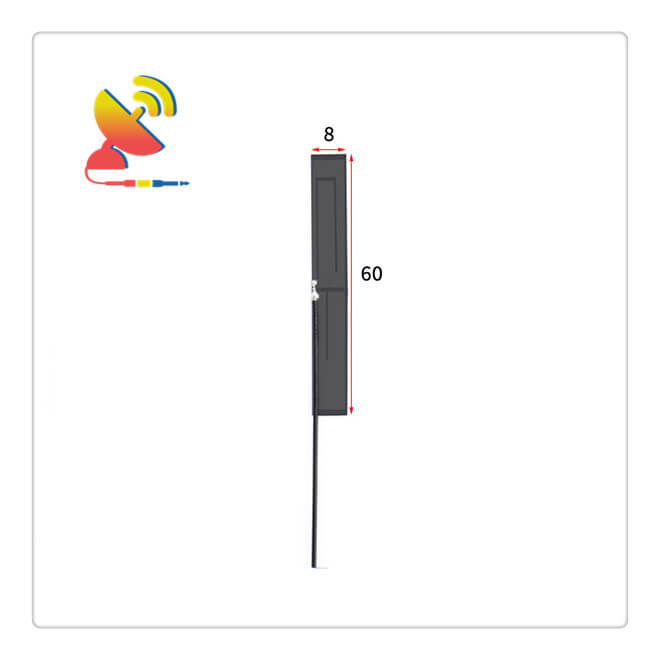
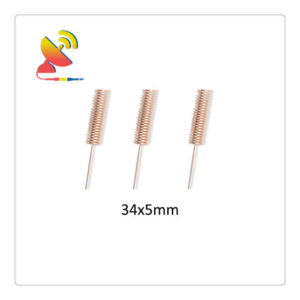
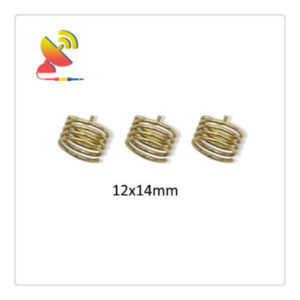
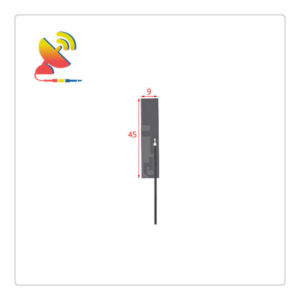
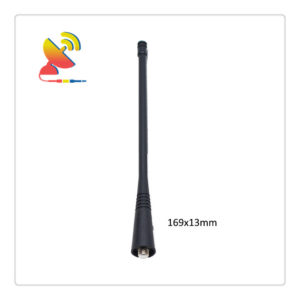
Reviews
There are no reviews yet.